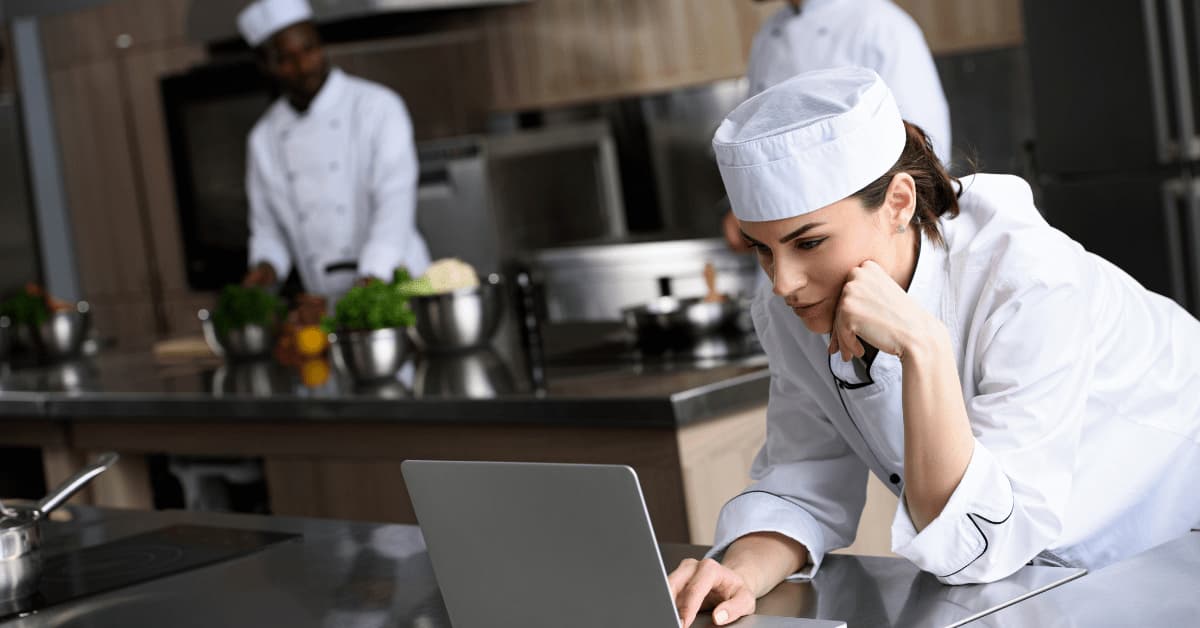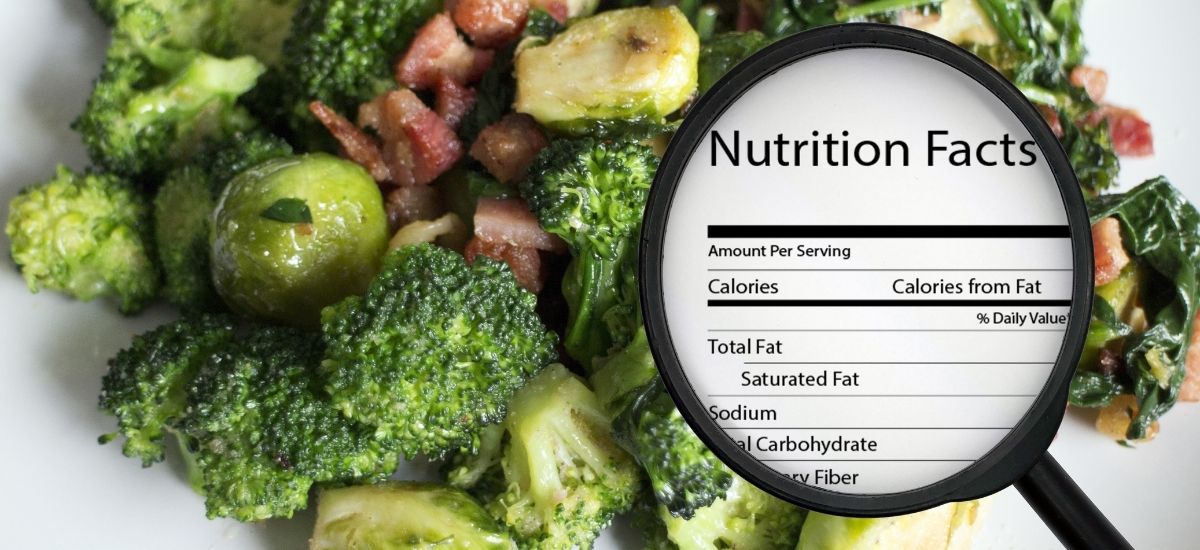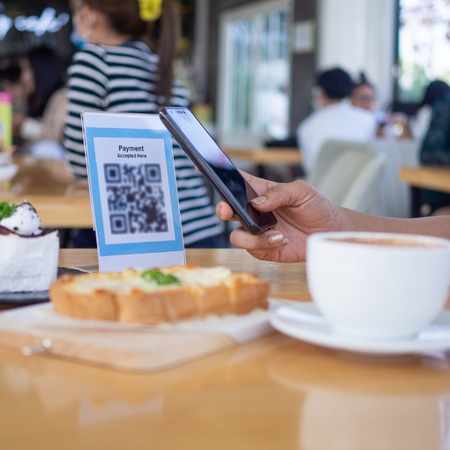Key Takeaways
Trends are not uncommon in the restaurant industry. The sector has always been driven to innovate by a constantly shifting consumer base and high competition. The rise of virtual kitchens is among the most recent and intriguing of the trends that are widely accepted.
The term Virtual Kitchen is typically used to describe standalone delivery and takeout operations or services that operate off-premises. The model is rather unorthodox but has gained popularity in recent years.
The food industry has long struggled with many of the problems the pandemic has accelerated such as rising labor costs, high rent, and razor-thin margins, and high overhead costs. Restaurants face many challenges to remain afloat, and they must work even harder to succeed. In the USA, virtual kitchens are experiencing an explosion currently and are even anticipated to dominate the global market by 2027.
Popular Brands That Embraced Virtual Kitchens
- America’s ‘Country-store’ Cracker Barrel Launched their First Virtual Kitchen
America’s ‘Country-store’, Cracker Barrel which is a household name, experimented with their first virtual brand after they reported an approximately 40% decrease in same-store sales. They have repurposed a former Indianapolis location as a ghost kitchen, which it is using to trial chicken and biscuits. The company believes that it is a unique opportunity to offer something Cracker Barrel is popularly known for and also simultaneously resonate as a delivery-only offering.
- The Virtual Kitchen at White Castle had to be closed because of over-demand
In February, White Castle's newest virtual kitchen had to be closed in just two hours because of high demand. The Orlando, Florida virtual kitchen debuted on Tuesday, and has already received overwhelming customer support. Due to the overwhelming demand for orders, White Castle temporarily shut down their operation. In order to meet demand, the location reopened with more staff and supplies the following day.
- Bloomin’ Brands Goes Virtual, Nationwide
Outback Steakhouse's parent company, Bloomin' Brands, announced a major expansion of its virtual concept Tender Shack. For the purpose of supplying Tender Shack, a company is converting over 725 restaurants all over the country into ghost kitchens. Bloomin' Brands predicts sales of $75 million for the brand this year.

What Are Experts Saying About Virtual Kitchens?
Ghost kitchens were a logical pivot for restaurants that rely heavily on digital sales and don't have great dine-in options. Despite the vaccine's roll-out across the nation and consumers returning to restaurants for on-premises dining, restaurateurs are noticing an unexpected trend: Despite the increase in on-premises sales, digital sales remain relatively flat. One-year virtual kitchen leases can be an affordable training ground for first-time restaurateurs who are nervous about signing a long-term deal. A second kitchen can provide a concept with the opportunity to expand into breakfast or lunch or can serve as a test kitchen for a restaurant to try out a new concept; it can also be used to support strict delivery orders for a restaurant. Virtual kitchens offer a broad range of options, and can help restaurateurs realize their culinary dreams.
Digital's continued importance is being affirmed by industry leaders with ghost kitchens as a major part of the post-pandemic future. Virtual brands are particularly popular because many companies are using them to test market opportunities and new concepts.
Applebee's parent company, Dine Brands, is trying out ghost kitchens in Applebee's markets and they are also integrating Cosmic Wings into Applebee's locations. “We don’t have a gigantic footprint, but we have the ability to test and learn,” the company’s CEO John Peyton spoke to the Forbes in an exciting interview. “We are all in on virtual brands and ghost kitchens as a capital-light way to reach new customers in new markets and expand our brands’ footprints.”
A similar practice is being used by fast-casual chain Noodles & Company to test markets and also try out newer kitchen techniques. As the company’s CFO Carl Lukach recently spoke to PYMNTS, “What we’ll learn by going into a new market could be really eye-opening to say … how is the brand resonating with guests and how should we think about our real estate strategy when we actually put more dollars to work in opening up new markets?”
Noodles & Company already has a ghost kitchen present in Chicago. Lukach said, “This is a pure delivery model, pure off-premises, the kitchen’s smaller, the space is smaller — we have to be extremely efficient with how we prepare dishes. We’re going to learn a lot about what we can take away and apply to our own kitchens.”
What Do Consumers Feel About Virtual Kitchens?
Restaurant food is not losing popularity with consumers. Only the trends have changed. A virtual kitchen revolution is sweeping the country. Consumers have openly embraced Virtual Kitchens, as evidenced by the following statistics:
- The global cloud kitchen market size was estimated at $43.1 billion in 2019 and is forecast to reach $71.4 billion by 2027.
- A recent report from Euromonitor says that the ghost kitchen segment could create a $1 trillion global opportunity by 2030. By integrating cheaper, faster, and more reliable delivery, this segment could capture 50% of drive-thru service ($75 billion), 35% of ready meals ($40 billion), 25% of dine-in foodservice ($450 billion), 50% of takeaway foodservice ($250 billion), 30% of packaged cooking ingredients ($100 billion), and 15% of packaged snacks ($125 billion).
- Furthermore, Euromonitor also reported that Global foodservice delivery sales more than doubled from 2014 to 2019. 52% of global consumers are comfortable ordering from a delivery-only restaurant with no physical storefront.
Ending Note
A virtual kitchen concept is gaining popularity, combining next-generation technology and business models with good old-fashioned food preparation and delivery, and with venture capital backing in the tens of millions of dollars. Deliveries of food will likely continue in the foreseeable future.
The restaurants are moving their customers away from the platforms to their own channels so a greater percentage of deliveries are coming through the restaurants. Many restaurants are gradually investing in their own exclusive ordering system such as Restolabs, which is increasingly becoming a preferred method of development for restaurants because of the ever-growing demand for food delivery.
Through virtual kitchens, restaurants and food brands can better understand demand and supply curves, allowing them to increase profits and move upstream. The food sector presents an incredibly exciting time for entrepreneurs and investors. In the coming decade, virtual kitchens will likely change the very nature of what and how people eat.
Frequently Asked Questions


.gif)








